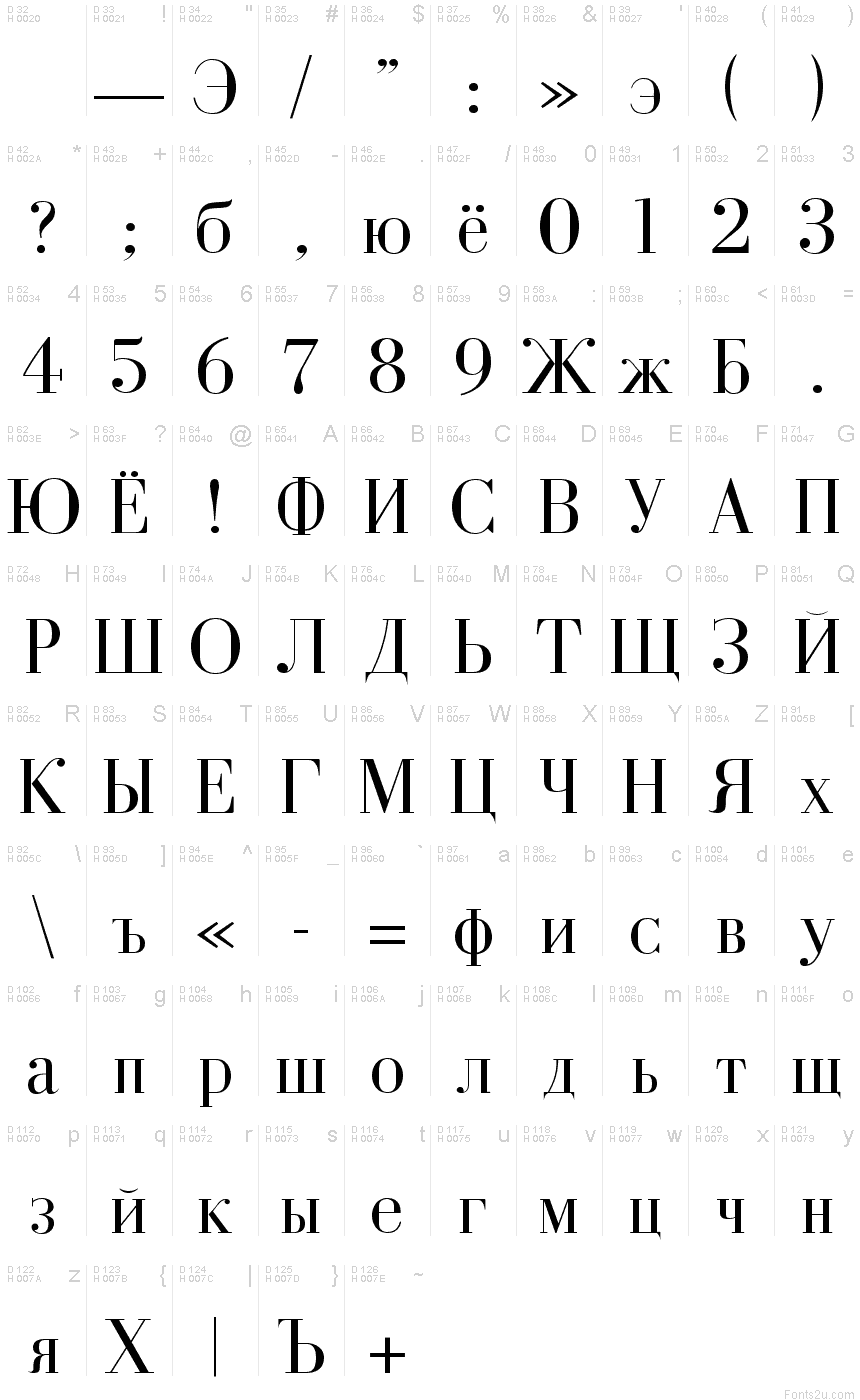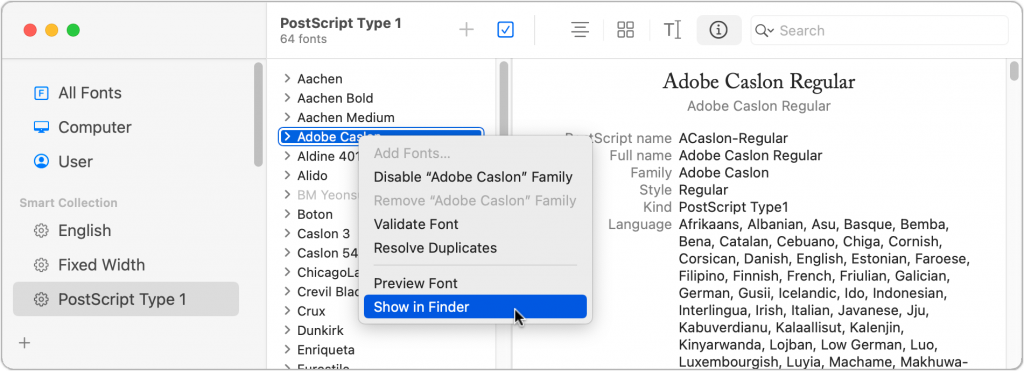

#POSTSCRIPT FONTS FOR MAC PLUS#
Plus they didn’t have to pay Adobe royalties on the technology.Īfter a long period of conflict between the two font formats, often referred to as the “Font wars” (cue heroic music here), Adobe and Microsoft decided to bury the hatchet. Apple and Microsoft wanted to have an outline font format that they owned, which would be WYSIWYG (what you see is what you get) on screen, and was specially optimized for the low-resolution monitors and black-and-white text imaging of the time. TrueType was developed by Apple and licensed to Microsoft, and introduced around 1991 as well. Because Type 1 was initially supported only by PostScript devices, the format is sometimes itself called “PostScript,” which ignores the fact that there are other font formats supported by PostScript (including TrueType), and that since 1991 it has been possible to print Type 1 fonts to pretty much any printer as well as scale them on-screen. Type 1 is the original multi-platform scalable outline font format, introduced by Adobe in the mid-80s, with the format made fully public around 1991. This is all discussed at much greater length in my article on article on font formats. Here’s a brief introduction to set the scene. This posting is adapted from my talks and presentations on the subject.

One your apps have loaded, quit your Microsoft Office apps and relaunch them a second time to see your updated fonts list.Recently, I’ve spoken at a couple of conferences, and made presentations to several key customers, about Adobe phasing out sales of Type 1 (“PostScript”) fonts. defaults write PrioritizedFonts -array "Helvetica-Light" "Helvetica" "Helvetica-LightOblique" "TimesNewRomanPSMT" Postscript names here are case-sensitive and must match exactly what Font Book.app provides. Type the command ' defaults write PrioritizedFonts -array "postscript name 1" "postscript name 2" "etc."’ and hit return to run it. Select the font you want to prioritize in the center paneĮnsure Font Information is selected in the top left of the window, and find the PostScript Name field in the right pane and copy it. Launch Font Book (open applications folder in Finder, find and launch "Font book.app") Note: Postscript names are not the same as font families and each style will have a different postscript name, so to prioritize an entire font family you may need to add multiple names. You can work around this by setting the fonts you need that do not appear as prioritized fonts. This causes some fonts not to appear in the font picker.

If you have a large number of fonts installed on your system, Microsoft Office apps may not be able to load all the fonts. If you have a single version of font, check the font type. If the font type is displayed as “PostScript-Type1”, we recommend you upgrade it to a newer "OpenType" version of the font. Some fonts may be missing."Ĭheck the installed versions of the font. If you have multiple versions, then make sure the latest version of the font is active. You may see a message bar saying "We were unable to load all your fonts.

Some fonts are being substituted with other fonts. Some fonts including Times New Roman are missing or unavailable in the font picker. Text appears garbled or in a different font. Users may see issues with fonts when using version 16.9 of Microsoft Word, Excel, Outlook, OneNote and Microsoft PowerPoint on macOS.


 0 kommentar(er)
0 kommentar(er)
